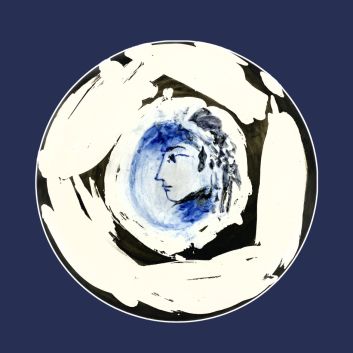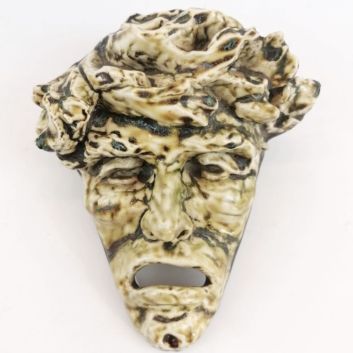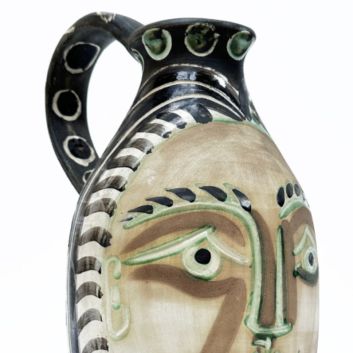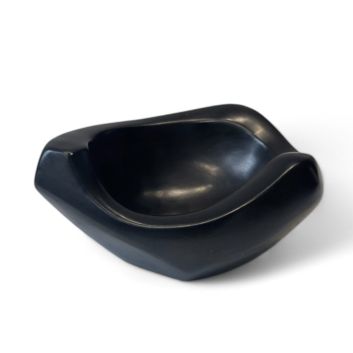Rating and value of Robert Picault's ceramics, services and plates
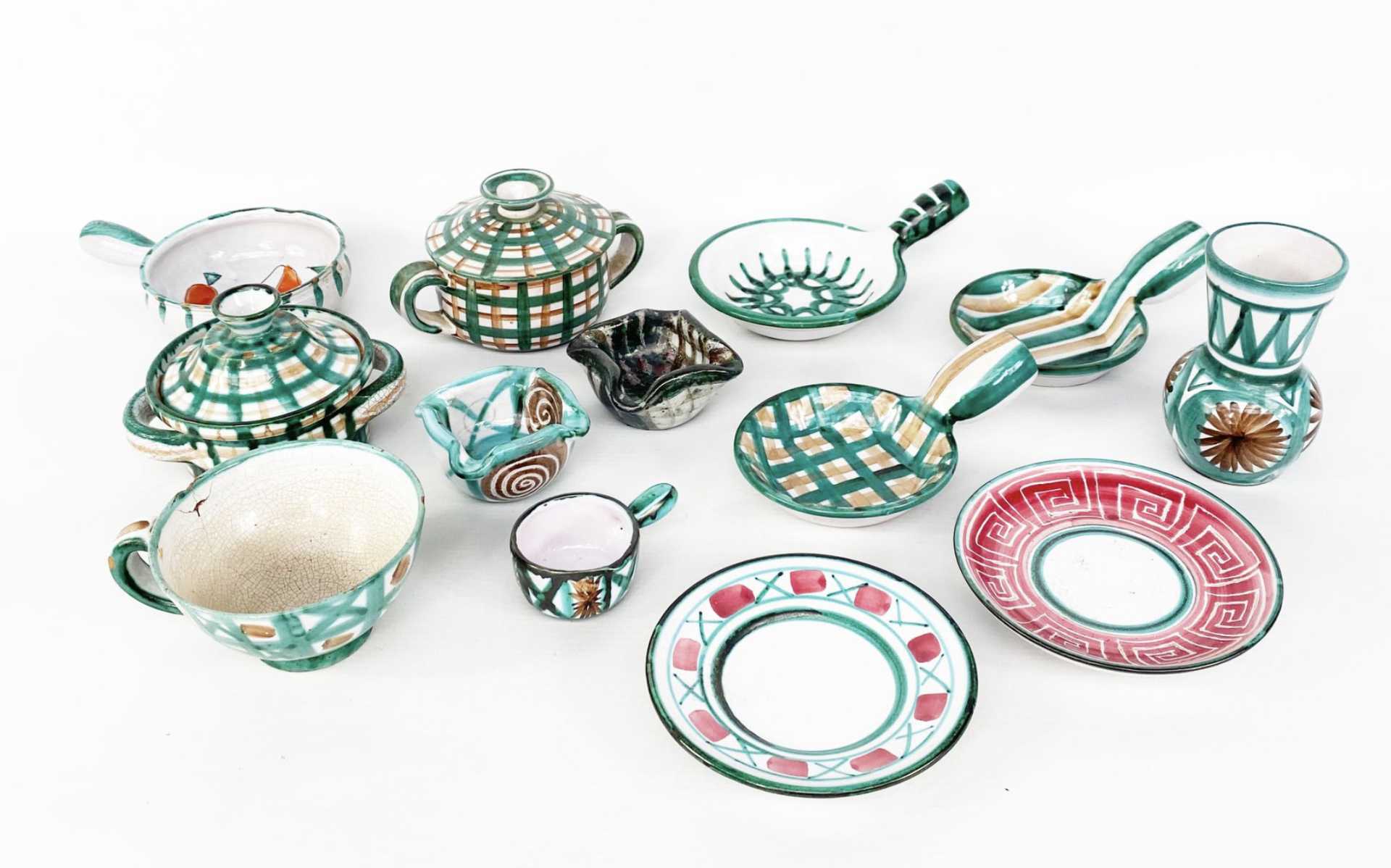
If you own an object by or after Robert Picault, and would like to know its value, our state-approved experts and auctioneers will be happy to offer you their appraisal services.
Our specialists will carry out a free appraisal of your work, and provide you with a precise estimate of its current market value.
Then, if you want to sell your work, we'll point you in the right direction to get the best possible price for it.
Rating and value of Robert Picault's works
Robert Picault is a French artist well known to collectors of ceramics and sculpture.
If you own one of his works, it may be worth more than you think. On the art market, prices for Robert Picault's works can be quite high at the auctioneer's gavel.
His ceramic works are particularly prized by French and European buyers, and the price at which they sell on the art market ranges from €20 to €9,000, a fairly substantial range, but one that says a lot about the value that can be attributed to Picault's work.
In 2022, a ceramic bowl entitled Fruitier sold for €9,000, whereas its estimate was between €800 and €1,200.
Order of value from a simple work to the most prestigious
Technique used | Results |
|---|---|
Ceramics | From €25 to €9,000 |
Response in less than 24h
Artist Robert Picault's style and technique
Robert Picault (1919-2000) was a ceramic artist rooted in the Mediterranean tradition. Settling in Vallauris in the 1940s, Picault developed a style that drew on the simple forms of Provençal utilitarian ceramics.
At the same time, he enriched them with his own decorative grammar, inspired by both local tradition and more archaic motifs.
He often resorts to a recurring, immediately recognizable ornamental repertoire. He uses simple geometric motifs (chevrons, waves, spirals, lines) traced in green copper oxide or brown manganese on a white or green enamel background.
These elements, systematically repeated, create a strong visual identity.
The artist's palette is deliberately restrained, as his technique is based on the use of three exclusive colors (enamel white, copper green and manganese brown.
This chromatic economy contributes to the decorative harmony and enhances the legibility of the motifs.
The forms chosen are modest and functional, insofar as the artist works mainly with everyday objects (plates, dishes, carafes, pitchers, bowls, etc.) in forms that are quite flexible.
He turns his ceramics by hand, always thinking in terms of use, so that the utilitarian object becomes a medium for ornamental expression.
The artist was close to Picasso in Vallauris, and Picault shared his taste for archaic forms, simplified signs and spontaneous gestures. However, where Picasso explored ceramics quite freely, Picault refined a structured, repetitive decorative system.
His production is somewhere between handmade and mass-produced, since he retains the potter's gesture. He developed a regular, coherent and accessible production, which circulated widely in the 1950s-70s, embodying a modern Mediterranean aesthetic.
Robert Picault imposes an identifiable style of pure motifs, sober colors and modest shapes. His ceramics, designed to be both decorative and utilitarian, embody a simple, joyful and accessible modernity that is still very much part of the Vallauris identity and post-war spirit.

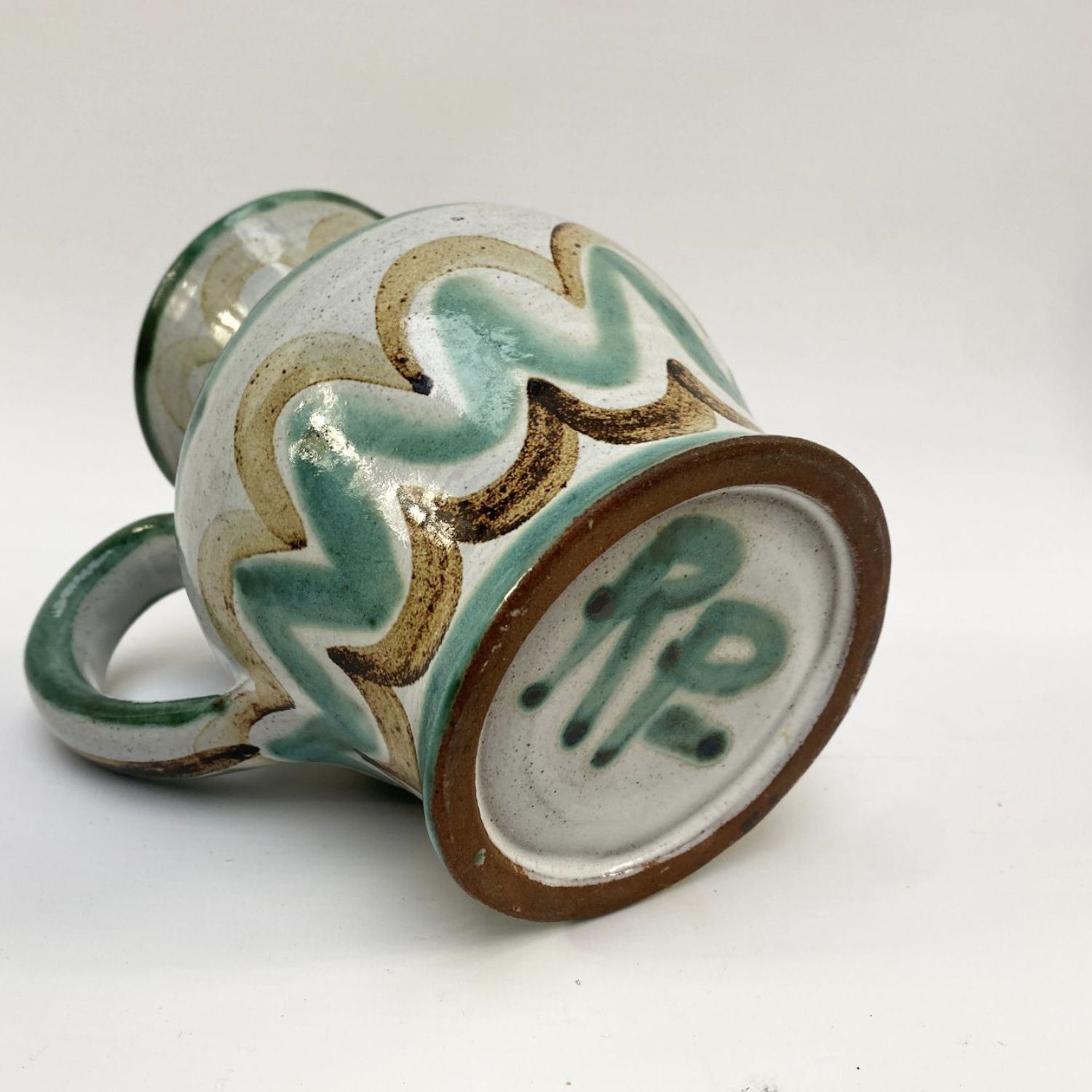
The life of Robert Picault
Before creating his ceramics in the south of France, Robert Picault trained at the École des arts appliqués in Paris. There, he acquired a solid grounding in drawing and decoration.
It was here that he developed a marked taste for the arts of fire, and ceramics in particular. He settled in Vallauris after the war, in 1945. The region was in the midst of an artistic revival.
He opened his own studio there in 1948, at a time when many artists (ceramists, painters, sculptors) were settling in the region, attracted by its landscapes and know-how.
He worked closely with Picasso at the Madoura studio, participating in the artistic effervescence of Vallauris in the 50s. This proximity influenced his taste for stylized forms and pure motifs, while reinforcing his anchorage in a revisited Mediterranean aesthetic.
He is an independent craftsman with an assertive style. In the early 50s, he developed a taste for stylized motifs and pure forms, while reinforcing his roots in a revisited Mediterranean aesthetic.
Robert Picault pursues his career as an independent craftsman, imposing an assertive style. From the early 50s, he developed a production of utilitarian and decorative pieces marked by an immediately recognizable personal style: simple shapes, recurring geometric motifs, a palette reduced to three shades.
As a result, he established a strong identity in the post-war landscape of French ceramics. His work evolved between craftsmanship and commercial distribution. His creations, distributed in numerous galleries and boutiques in France and abroad, contributed to the democratization of art ceramics.
Always paying close attention to the quality of his workmanship, he succeeded in reaching a wide audience with an accessible and consistent production. His work evolved between craftsmanship and commercial distribution.
He remained faithful to Vallauris until the end of his life, working ceramics until the end of his career and participating in local artistic life. He died in 2000, leaving an abundant body of work emblematic of a certain Mediterranean art de vivre.
Picault was a discreet but essential figure in the post-war revival of French ceramics. Thanks to his local roots, his friendship with Picasso and his instantly recognizable style, he left a lasting mark on the history of 20th-century ceramics.
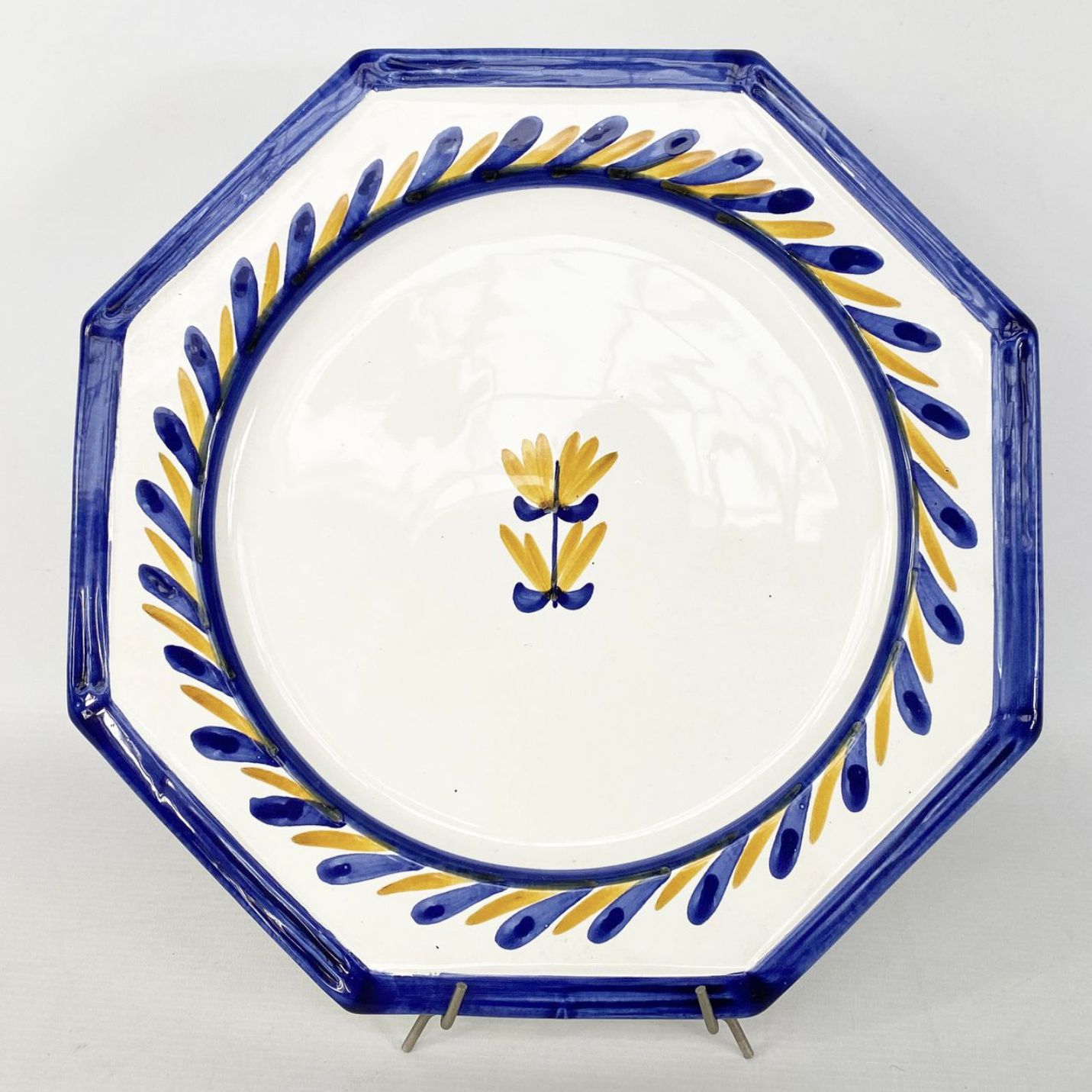
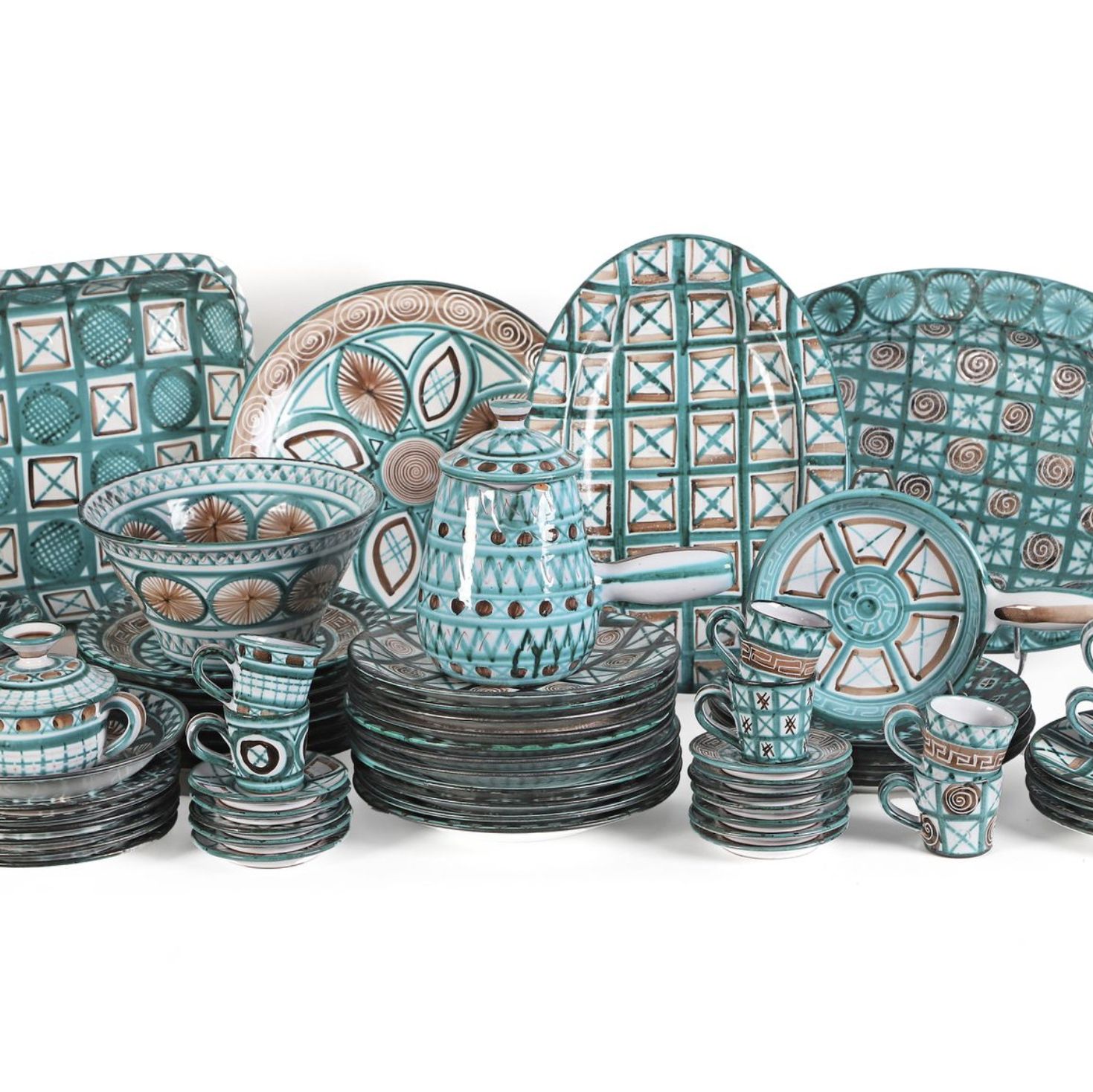
Focus on Pitcher decorated with green and brown geometric motifs (circa 1955), Robert Picault
This pitcher is typical of Robert Picault's production in the 1950s, and features a simple, generous and functional shape, with a slightly flared neck, sturdy handle and rounded body.
Here, utilitarian ceramics become the medium for a fully-developed plastic research. The ornamental repertoire he uses is recurrent and codified: the surface of the pitcher is entirely decorated with freehand geometric motifs (chevrons, lozenges, grids, spirals, etc.).
These signs, always executed in copper oxide (green) and manganese (brown), are emblematic of his repetitive, instantly recognizable graphic style.
The palette he uses is restrained and harmonious, creating a contrast between the white of the background enamel and the decorative colors. Legibility is therefore quite strong and visual harmony quite sober.
This deliberate restriction of the chromatic range gives the whole a formal coherence akin to a coded visual language.
The decoration is designed to follow the shape, in the sense that the motifs are not plastered on, but fit perfectly with the pitcher's volumes. The decoration is distributed according to a rhythmic logic, emphasizing the roundness of the body, the movement of the handle and the dynamics of the pourer.
The work of gesture is visible and assertive, and the brush-drawn motifs retain the manual, slightly irregular character of the gesture, which gives the object its living character. Far from a quest for industrial perfection. Picault values the hand, rhythm and repetition.
This object reflects Robert Picault's desire for a popular yet refined art form, and embodies a certain post-war ideal: accessible, functional and rooted in a craft tradition, while remaining open to decorative modernity.
It illustrates both the discreet refinement of the gesture and the desire to produce for everyday use. With this creation, Robert Picault demonstrates that a simple domestic object can become a work of art in its own right. It affirms his personal style, based on repetition, legibility and formal joy.
In this way, he helped make Vallauris one of the major centers of 20th-century ceramics, along with other artists such as Clément Massier or François Lembo.
Recognizing Robert Picault's signature
Not all objects produced by Robert Picualt are signed, or may be signed differently depending on the period. What's more, copies do exist, which is why it's important to have your work appraised.
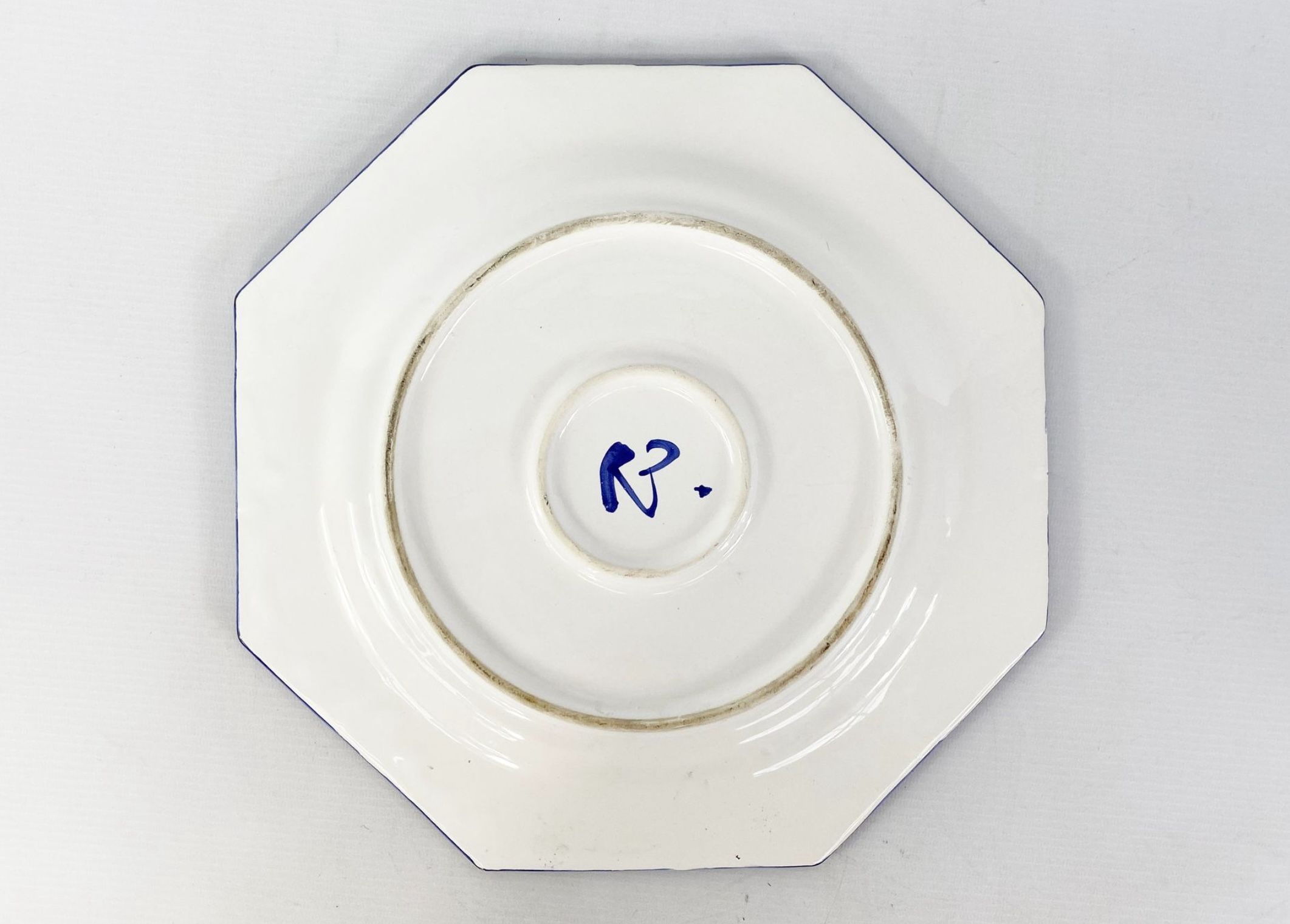
Knowing the value of a work
If you happen to own a painting by Robert Picault or one based on the artist, don't hesitate to ask for a free estimate using the form on our website.
A member of our team of experts and certified auctioneers will contact you promptly to provide you with an estimate of the market value of your work, as well as any relevant information about it.
If you're thinking of selling your work of art, our specialists will also be on hand to help you find alternatives for selling it at the best possible price, taking market trends into account.
Response in less than 24h
Related topics
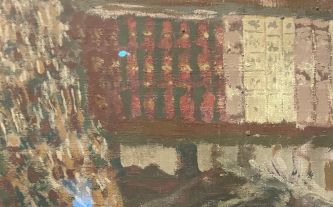
Rating and value of paintings and drawings by Édouard Vuillard
Édouard Vuillard is a 20th-century Nabi and Japonist painter. He produced many paintings with a high auction value.
Read more >
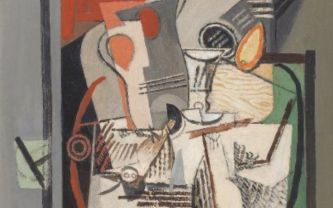
Rating and value of works, drawings, paintings by Louis Marc...
Louis Marcoussis is a 20th-century Cubist painter whose drawings and oils on canvas are highly prized at auction.
Read more >

Rating and value of paintings by Georges R...
Georges Ribemont-Dessaignes is an artist who has produced many works that are highly valued at auction. 24h estimate.
Read more >
Secure site, anonymity preserved
State-approved auctioneer and expert
Free, certified estimates
